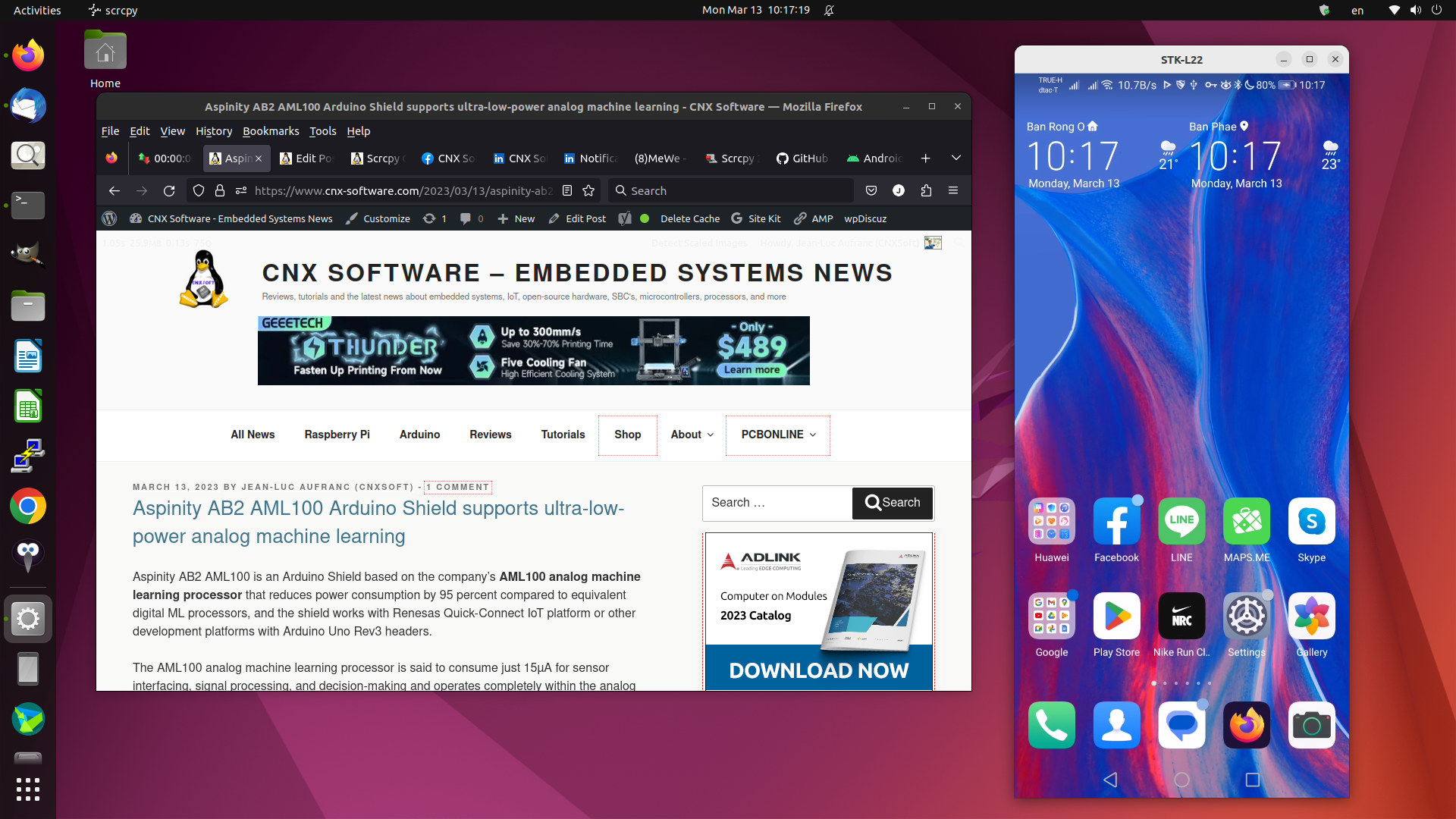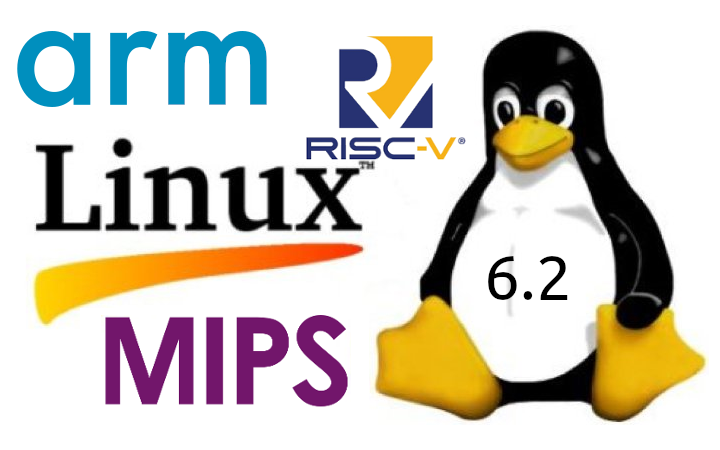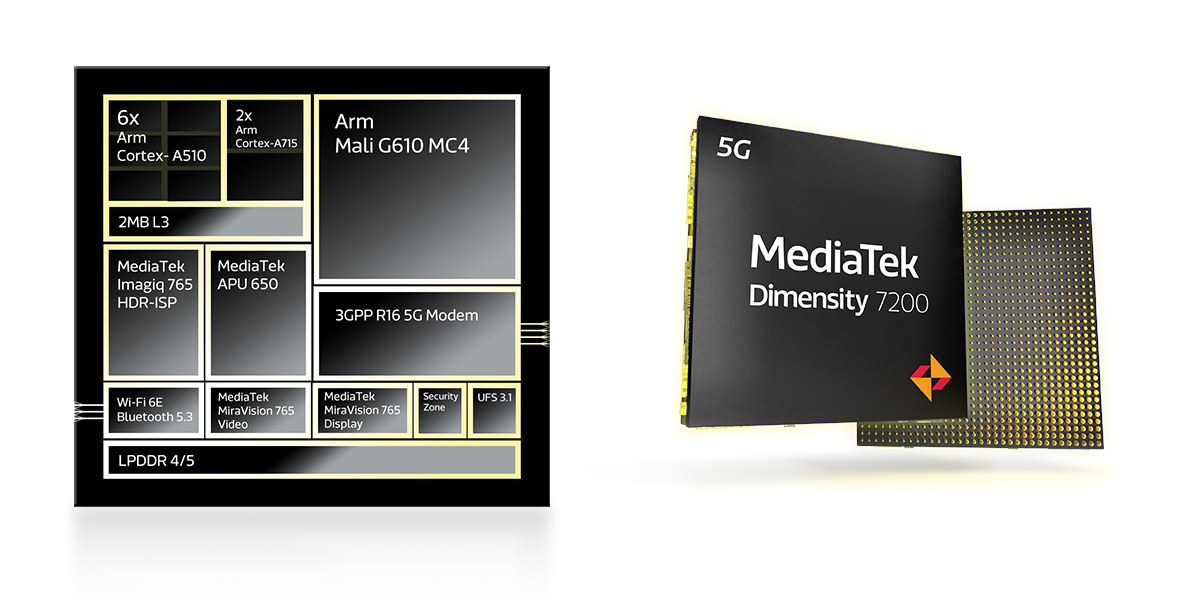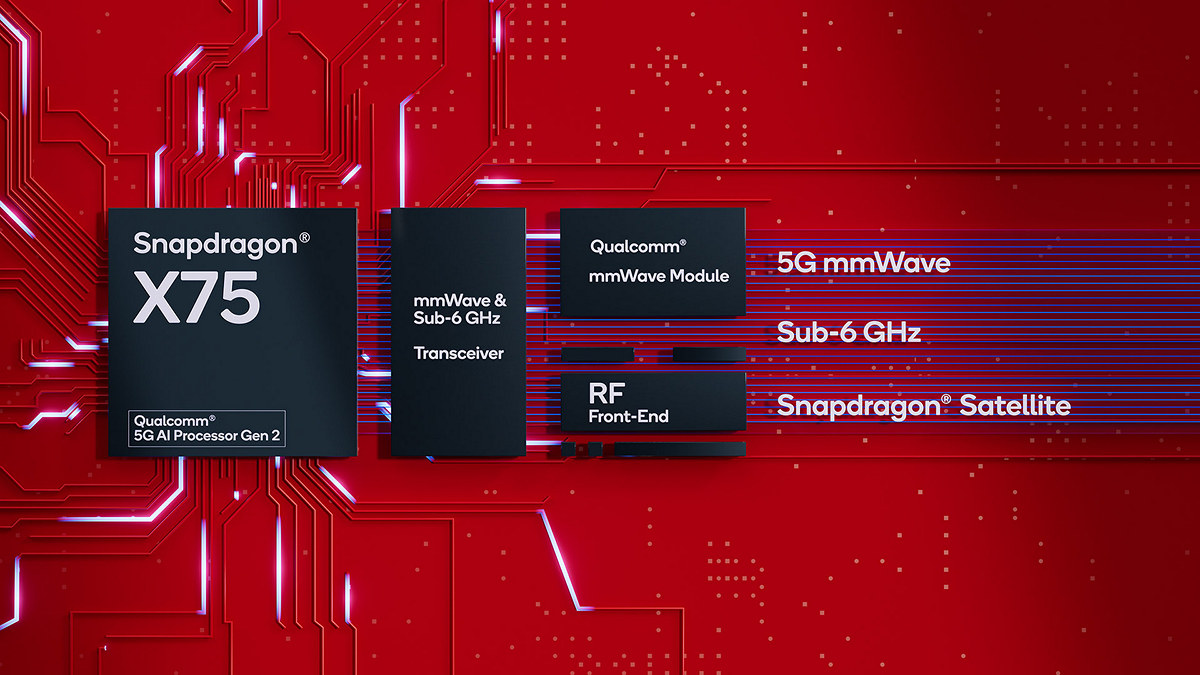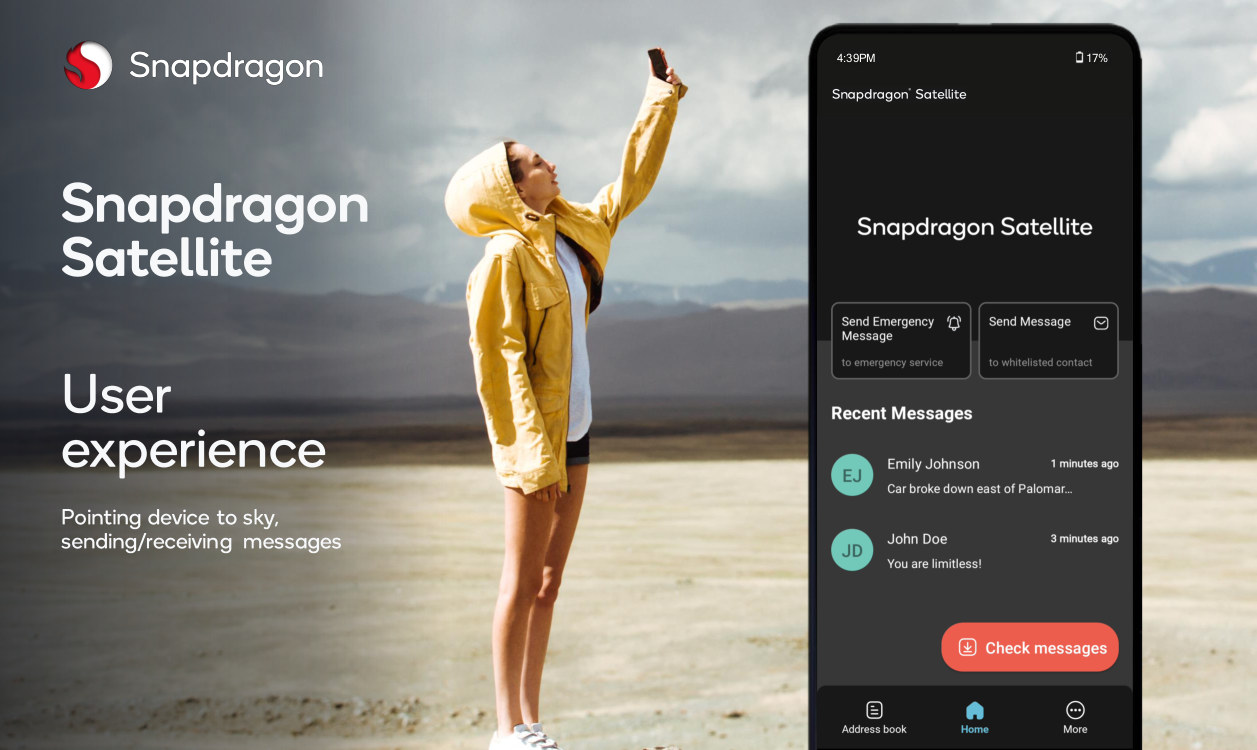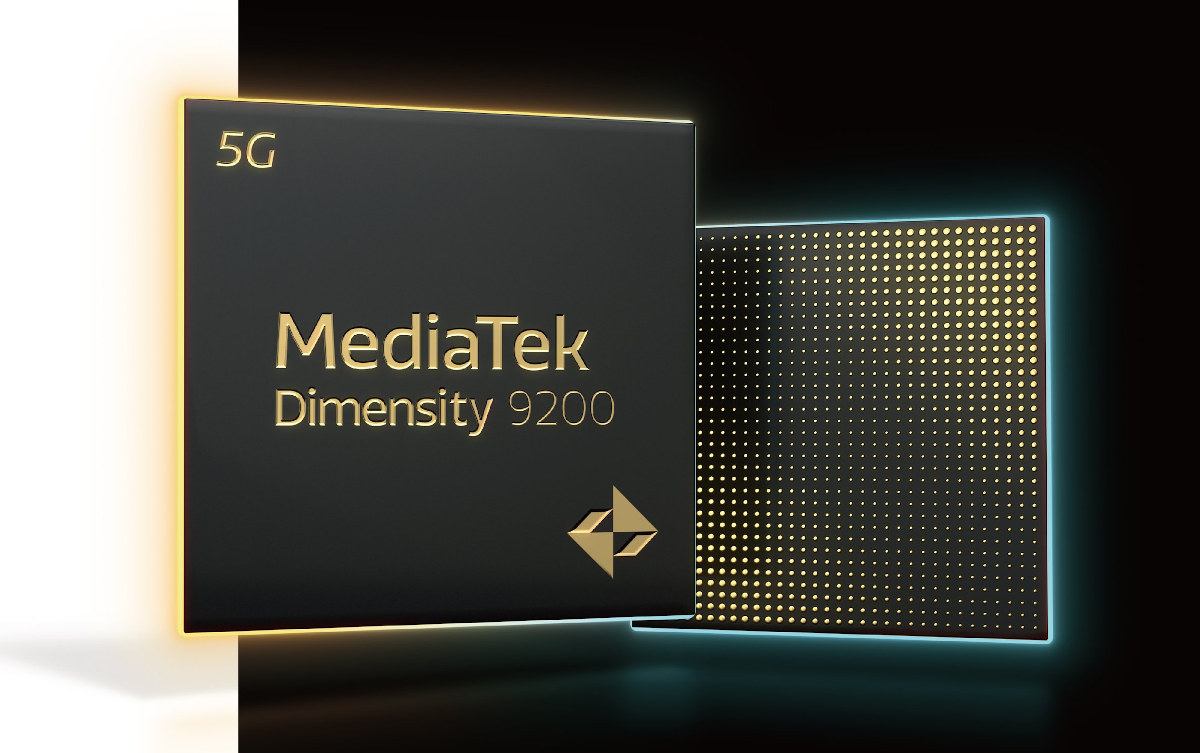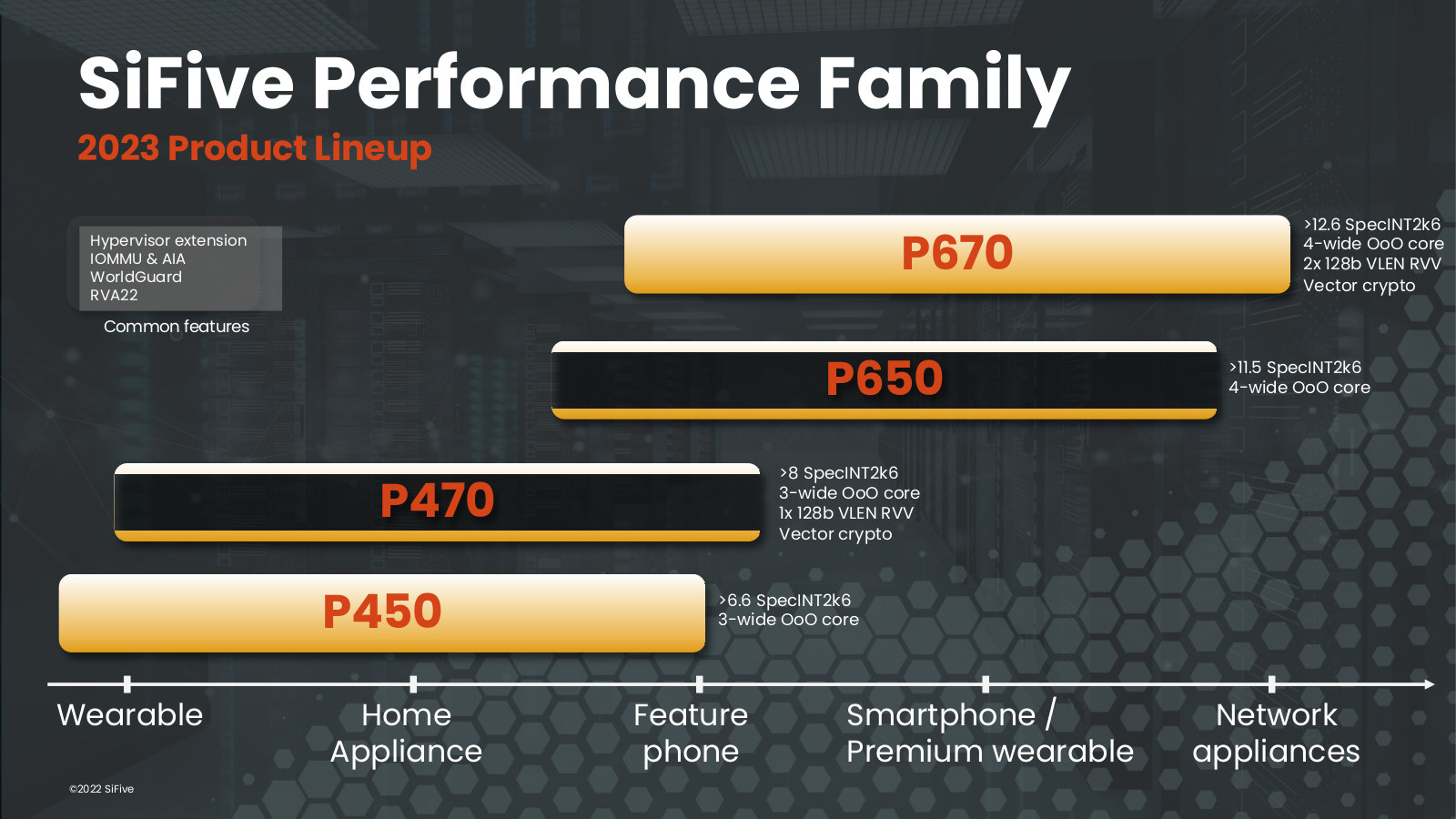Scrcpy 2.0 Android screen mirroring and control utility for Windows, Linux, and macOS has just been released with support for audio forwarding that enables audio to be played back into the computer/laptop, instead of the smartphone, at least for mobile devices running Android 11 or greater. We first reported about Scrcpy open-source utility in 2018, and at the time, it worked relatively well in Ubuntu 16.04 but required quite a few steps for the installation, and it would lag from time to time. I could still use the mouse and keyboard to control my phone, send SMS, chat, browse the web, play games, switch between landscape and portrait modes, and so on. Five years later, Scrcpy 2.0 has been released, the installation is much easier, and new features have been implemented. Scrcpy 2.0 highlights: Quality – 1920×1080 or above Performance – 30~120fps, depending on the device Latency – 35~70ms Startup […]
Linux 6.2 release – Main changes, Arm, RISC-V, and MIPS architectures
Linux 6.2 has just been released with Linus Torvalds making the announcement on LKML as usual: So here we are, right on (the extended) schedule, with 6.2 out. Nothing unexpected happened last week, with just a random selection of small fixes spread all over, with nothing really standing out. The shortlog is tiny and appended below, you can scroll through it if you’re bored. Wed have a couple of small things that Thorsten was tracking on the regression side, but I wasn’t going to apply any last-minute patches that weren’t actively pushed by maintainers, so they will have to show up for stable. Nothing seemed even remotely worth trying to delay things for. And this obviously means that the 6.3 merge window will open tomorrow, and I already have 30+ pull requests queued up, which I really appreciate. I like how people have started to take the whole “ready for […]
Purism Lapdock kit converts the Librem 5 Linux smartphone into a laptop
Purism has just announced the Lapdock kit to turn their Librem 5 Linux smartphone into a laptop with a 13.3-inch touchscreen display thanks to the NexDock 360 laptop dock. I was a big believer in mobile desktop convergence around 10 years ago, expected to be soon able to use my phone as a computer or laptop with a dock, and it looked like it might have become a reality when Canonical launched the Ubuntu Edge smartphone crowdfunding campaign in 2013. But it turns out demand was not sufficient, and Canonical eventually ended their convergence efforts focusing on profitable IoT and cloud segments instead. But that does not mean there isn’t a niche market and Purism’s Lapdock kit addresses it to some extent. The Lapdock kit is comprised of three parts namely the NexDock 360 laptop dock, a magnetic mount to attach the Librem 5 to the side of the NexDock […]
MediaTek Dimensity 7200 Armv9 Cortex-A715/A510 processor targets mainstream 5G smartphones
Manufactured with a 4nm processor, the MediaTek Dimensity 7200 is an octa-core Armv9 processor designed for mainstream smartphones. with two Cortex-A715 cores, six Cortex-A510 cores, a Mali-G610 MC4 GPU, as well as 5G, WiFi 6E, and Bluetooth 5.3 connectivity. So far, I had only seen Armv9 SoCs with a mix of Cortex-A510 “LITTLE” cores, Cortex-A710/A715 “big” core, and Cortex-X2 or Cortex-X3 “flagship cores” as found in the Dimensity 9200 processor, but the Dimensity 7200 is one of the first Armv9 processors – one other being the Snapdragon 7 Gen 1 – without a Cortex-X core in order to provide a more affordable solution. MediaTek Dimensity 7200 specifications: CPU 2x Arm Cortex-A715 up to 2.8GHz 6x Arm Cortex-A510 2MB L3 cache GPU – Arm Mali-G610 MC4 with MediaTek HyperEngine 5.0 APU – MediaTek APU 650 AI accelerator DPU/VPU – MediaTek MiraVision 765 engine for display and 4K HDR video decoding/encoding Memory […]
Snapdragon X75 modem brings 5G Advanced to smartphones, IoT, and FWA routers
Qualcomm Snapdragon X75 is the latest 5G Modem-RF System from the company bringing 5G Advanced connectivity to smartphones, PCs, industrial IoT, vehicles, and 5G Fixed Wireless Access (FWA) routers. 5G is getting more confusing than ever, as after just having launched a 5G NR-Light modem for smartwatches, industrial IoT, and XR glasses, Qualcomm introduced the first “5G Advanced” modem with the Snapdragon X75 targetting a wide range of applications that benefit from the improvements in speed, coverage, mobility, power efficiency, etc… made possible by the 5G NR Release 18. Snapdragon X75 key features and specifications: Cellular Technology – 5G NR, LTE, LAA, WCDMA, TD-SCDMA, GSM/ Edge, CBRS, Dynamic Spectrum Sharing (DSS), EN-DC, NR-DC, mmWave, sub-6 GHz 5G Spectrum – mmWave-sub6 aggregation, sub-6 carrier aggregation (FDD-TDD, FDD-FDD, TDD-TDD), FDD-TDD support for uplink-CA, Dynamic Spectrum Sharing (DSS) 5G Modes – FDD, TDD, SA (standalone), NSA (non-standalone) Up to 10CC aggregation in mmWave, […]
Qualcomm Snapdragon Satellite enables two-way messaging using the Iridium network
You may soon be able to get true global coverage even in remote areas thanks to Qualcomm Snapdragon Satellite which will offer pole-to-pole coverage and two-way messaging for emergency use, SMS texting, and other messaging applications. Qualcomm made this possible through a partnership with Iridium to bring satellite-based connectivity to next-generation premium Android smartphones starting with devices based on Snapdragon 8 Gen 2 Mobile Platform, while emergency messaging support was done in collaboration with Garmin. You’ll just need to point your phone to the sky to send and/or receive messages, and the connection should take place within a few seconds. Note it can only be used for text, and the bandwitdh would not be sufficient for audio, pictures, and videos. The solution relies on Snapdragon 5G Modem-RF Systems such as the Snapdragon X70 modem to connect to the Iridium low-earth orbit satellite constellation using the L-band spectrum (1 to 2 […]
MediaTek unveils Dimensity 9200 Octa-core Cortex-X3/A710/A510 5G mobile processor
MediaTek has just launched the Dimensity 9200 octa-core flagship 5G mobile processor with one Cortex-X3 core, two Cortex-A710 cores, and four Cortex-A510 cores, as well as the latest Arm Immortalis-G715 GPU. Manufactured for a TSMC 4nm processor for efficiency, the new flagship processor supports mmWave 5G and sub-6GHz cellular connectivity, LPDDR5x 8,533 Mbps memory, UFS 4.0 storage, and embeds a faster MediaTek APU 690 AI processor MediaTek Dimensity 9200 specifications: Octa-core CPU subsystem 1x Arm Cortex-X3 core at up to 3.05 GHz 3x Arm Cortex-A710 cores at up to 2.85 GHz 4x Arm Cortex-A510 cores up to 1.80GHz 8MB L3 cache 6MB system cache GPU – Arm Immortalis-G715 with support for Vulkan 1.3, hardware-based ray tracing engine AI Accelerator – MediaTek APU 690 AI processor with MDLA (MediaTek Deep Learning Accelerator), MVPU (MediaTek Vision Processing Unit), SME (I don’t know what that is), and DMA Memory I/F – LPDRR5x 8,533 […]
SiFive P670 and P470 RISC-V processors feature RISC-V Vector Extensions
SiFive has announced two new RISC-V Performance cores with the P670 and P470 processors with RISC-V Vector Extension for AI/ML, media and sensor processing, and designed for high volume applications such as wearables, smart home, industrial automation, AR/VR, and other consumer devices. The P670 is comparable to the Cortex-A78, and the P470 is comparable to the Cortex-A55. Both support the standardized RISC-V RVA22 profile for better OS compatibility and implement RISC-V Vector v1.0 and Vector Cryptography extensions. The SiFive Performance P470 and P670 share the following features: Full RISC-V RVA22 profile compliance Full, Out-of-Order, RISC-V Vector implementation, based on the ratified RISC-V Vector v1.0 Specification RISC-V Vector Cryptography extensions SiFive WorldGuard system security Support for virtualization, including a separate IOMMU for accelerating virtualized device IO Advanced Interrupt Architecture (AIA) compliant interrupt controller with better support for Message Signal Interrupts (MSI) and virtualization Enhanced scalability with fully coherent multi-core, multi-cluster, with […]


